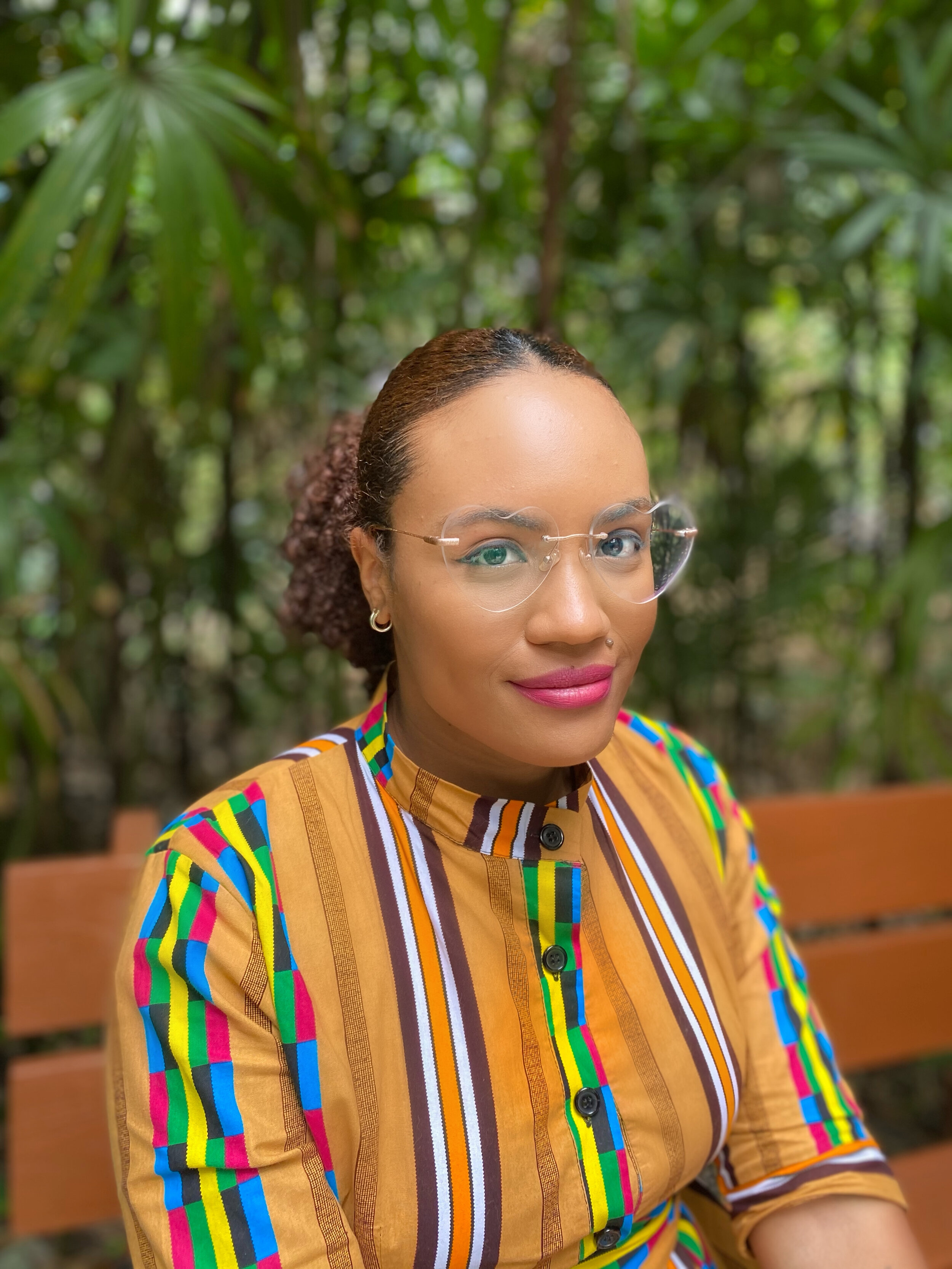VERSO / volume 7 — September editorial
Dear readers & sisters,
As summer wanes, some of us find ourselves in back-to-school mode, as teachers, as students, as parents of learners, as members of organizations, programs, and institutes. My nine-year old son attends third grade at a city school where we live in Northern California. I love our school, a bright, single story campus with a circular footprint and a library housed in the middle of a courtyard. Each classroom opens directly to the outdoors and pre-pandemic, lunchtime was already an outside activity. There is a sense of stillness even when things are in perpetual motion, and a sense of movement even when things are still. Small murals dot building walls. Kindness is considered essential in how the school operates and no day begins without an active acknowledgment of this. Migrants are welcome here. There is food assistance for families who depend on the school for meals. Arched above the bathroom entrances is a rainbow which,
no matter how tight budgets are, never looks anything other than freshly painted. A poster of Barack Obama remained in the foyer throughout 44. But amid the inclusivity and community- building, our school remains largely segregated within itself, by race, income disparities and language, by lack of affordable housing, colonial legacy and neocolonial infrastructures, and the many things that divide us as a society.
Jing-Jing Lee’s poems plant us deeply in these divisions, situating us along the I-10’s underpasses, skirting freeways and dropping us into the cities that exist within our cities. Underpasses that provide little refuge from a ravaged climate and a broken system. A California where hope kicks at the wind, perhaps, like the overalls of an unseen child; and in a woman’s sweeping motions, we see the remnants. Lee’s direct gaze blurs only enough to let the speaker in her poems observe and detail annotations that serve as testimonies to places where the world cannot hide from the consequences of an existing power base which continues to put its own profit above our sisters and brothers and planet. As these poems seem to suggest, we have lived apocalyptically for far too long. Sifting through the layers of Lee’s poetry, we also know that the world is not ended, that iridescence is both mirage and a refusal to reduce what we can see to what we can process.
If Lee’s work tensions us between asphalt and exit humanity, Jamila Rowser’s Ode to Keisha peers into a childhood experience, deftly and artfully calling us to listen, and through Trinidad Escobar’s illustrations, to see and connect with the emotions that couple with racism, and to confront the erasures that divide. To align ourselves with our sisters and to step forward. The work also speaks as an homage, to a special friendship, as well as to a self, recognized and reflected in another. To unspoken understandings and shared truths. To beauty noticed, in a flower and a season. To sisterhood, as an antidote to erasures, as a counter-narrative. While we cannot delude ourselves into thinking of the antidote as panacea, Rowser brings us into the realm of sisterhood at its most transcendent: a celebration of unity, strength and resistance. A redaction of the patriarchy. A brown crayon instead of a purple one.
May you enjoy the treasures and offerings in our September box, may you reach out in sisterhood or reach back to find what you need. May you cultivate strength and dare, to look at the world more closely, to move, be still, or to jump. May you stand and protect one another and keep well in these changing days.
x,



